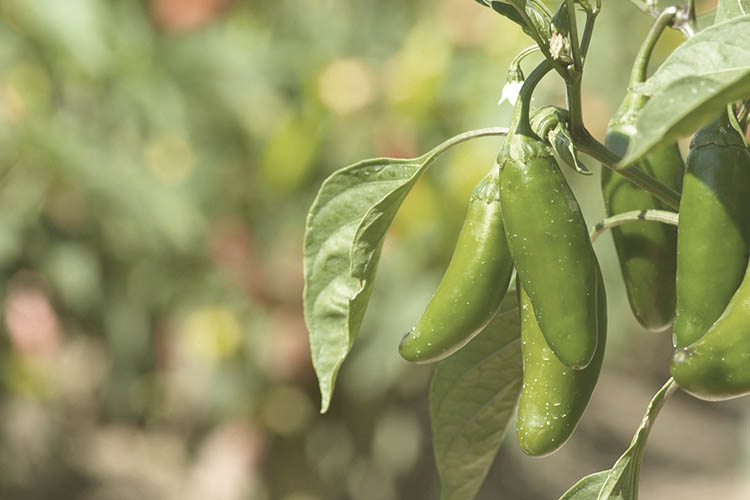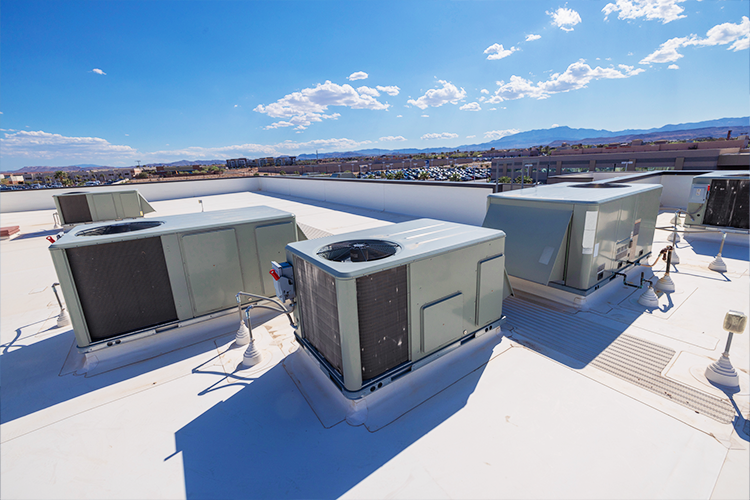Desk Jalapeños: An Accidental Grow Light Experiment Yields Spicy Results
September 3, 2020
Late summer is the time of year when those office coworkers with green thumbs typically haul the excesses of their home garden bounties to work to offload on coworkers. With COVID-19 nothing is normal, including this year's jalapeño crop, which I grew at work.
EMC has long maintained a light lab to evaluate new and emerging lighting technologies. As part of an experiment to test a few grow lights from different manufacturers, we grew jalapeño pepper plants from seed to see the effect that different photosynthetically active radiation (PAR) spectrums have on plant yield in comparison to traditional high pressure sodium vapor (HPS) horticulture lights.
We cloned the plants and implemented an environmental control system to ensure all test subjects gained no growth benefit from genetics or the environment. Watch for an update on this experiment's results in an upcoming blog post, because this story is about the leftover parent pepper plants used to make the test subjects for our experiment.
These cast-off peppers took residency at my desk, which happens to have a skylight and LED lighting designed for office environments above it. Meant to be a temporary arrangement, I expected the plants to not perform as well under standard, non-horticultural LEDs and was ready to take them home to live on my patio.
Surprisingly, the plants flourished in their corporate environment. I was able to harvest 10 "desk jalapeños" from my first yield, which I used to make pickled jalapeños with carrots and onions (here's the recipe). The pickles turned out great and there are at least another 10 jalapeños on the way.
The regular LEDs installed in our office put out a significant amount of light in the PAR spectrum, which is a defined range of 400-700 nanometers, offering great support for these adult jalapeños in the fruiting stage. However, they still are not designed to focus on the full PAR spectrum intensity like white full light spectrum horticultural LEDs.
Normalized data for both lighting types, which involves showing intensity on a scale of 0-1 rather than using the acutal unit of intensity, appears to explain the successful fruiting of the desk jalapeños. Illustrated in the chart above, the office light shown in green and the grow light in purple don't look all that different in terms of their relative intensity compared to wavelength.
However, when you look at the same data unnormalized, there is a significant difference in relative intensity of the grow lights compared to the office lights. The office lights, shown as the mostly flat green line at the bottom, have a much lower intensity in relation to what the grow light provides. The grow light provides a balanced color spectrum that is optimized for photosynthesis as well.
So, while the office lights may have helped these established plants fruit, they would not provide the results you would want to see from an indoor horticultural operation.
Yet these office peppers are a good reminder that modern LED technology is making growing food indoors more efficient and easier than ever and that opportunities for indoor gardens will only grow as LED technology becomes more fully utilized.
Mark Thomsen is a Control Systems Engineer at EMC. He holds a Bachelor of Science degree in mechanical engineering and a minor in renewable energy resources from the University of Nevada Reno. Mark attributes his interest in energy efficiency, sustainability and conservation to his great-granduncle, Bud Jordahl, who was one of the cocreators of Earth Day.


